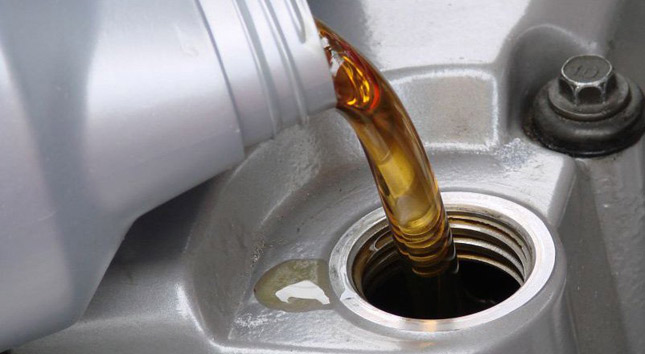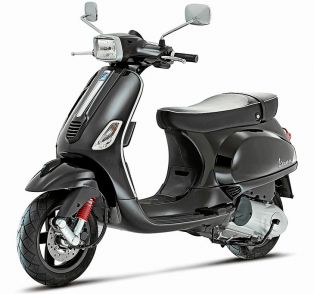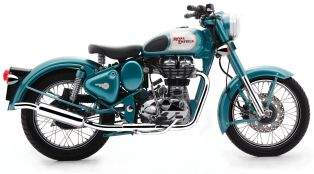 We all know the advantages related to synthetic engine oil but the journey of engine oil from Mineral and petroleum based to fully synthetic oil is pretty interesting. Aircraft industry in particular has left immense impact on automobile sector, especially the World War era when engines were used predominantly on Aircraft as compared to conventional automobile. It is later post WW era the aviation technology helped a lot the automobile industry to take its shape.
We all know the advantages related to synthetic engine oil but the journey of engine oil from Mineral and petroleum based to fully synthetic oil is pretty interesting. Aircraft industry in particular has left immense impact on automobile sector, especially the World War era when engines were used predominantly on Aircraft as compared to conventional automobile. It is later post WW era the aviation technology helped a lot the automobile industry to take its shape. Prominent aircraft engine makers like Rolls Royce and BMW jumped into cars and motorcycle making post WW II as they have left with enough expertise and ready engine parts from war time. The aircraft used those days were mainly air cooled and they used to rely on lube oil for cooling and lubrication, the oil which was commonly used by all armed forces including the allied forces and the Germans was the “Castor Oil”. The castor oil is known for its lubrication traits but it has few drawbacks- the castor tends to oxidate at higher temperature to form sludge like substance.
READ ALSO: All You Need To Know About Motorcycle Engine Oils- Engine Oils Demystified
The tendency of castor oil to oxidate at higher temperature leads to form a sludge/gum like substance which actually reduces the efficiency of the oil and it sticks to the piston thereby increasing the drag. In short the castor oil once degraded (and that it does pretty fast at high temperature) it actually increases the friction between the engine parts. The other minus point with castor is with its limited production, and at war times the regular procurement of this functionally important supply was no where could be neglected.
Consequently, the petroleum based engine oil was started being used by the Allied forces as an alternate. Germans on the other hand had dual problem, they were not only struggling with the limited production of Castor and the drawback associated with it but also they were not having any Petroleum sources of their own. This resulting into Germans had to find out another alternative which has equally good lubrication property and longer life. A German chemist, Herman Zorn in 1937 took charge to engineer synthetic oil with similar properties for German forces. This resulting into almost half of the German Luftwaffe was ended up using the synthetic oil by the end of World War II.
READ ALSO: Engine Oil Grading System Explained
The synthetic oil came into existence as ester; it is formed as a result of acid and alcohol reaction. The di-esters with Castor like lubrication and without the oxidative instability of castor oil soon became perfect alternative for the organic engine oil. After the war ended the automobile industry flourished like never before, so was the technologically advanced engines, the high revving and high performance automobile engines demanded more efficient synthetic oil.
To address the industry’s demand more efficient synthetic oil developed by varying molecular chain length of fatty acids and long chains of alcohol. This results into the modern day synthetic oil that has Castor like lubrication property along with resistance against oxidation at high temperature. Another very important aspect has been added to the modern time used synthetic engine oil is its anti freeze ability, which makes it efficiently usable even at freezing sub zero temperatures as low as -50 to -55°C.
By: Farhan Kashif











